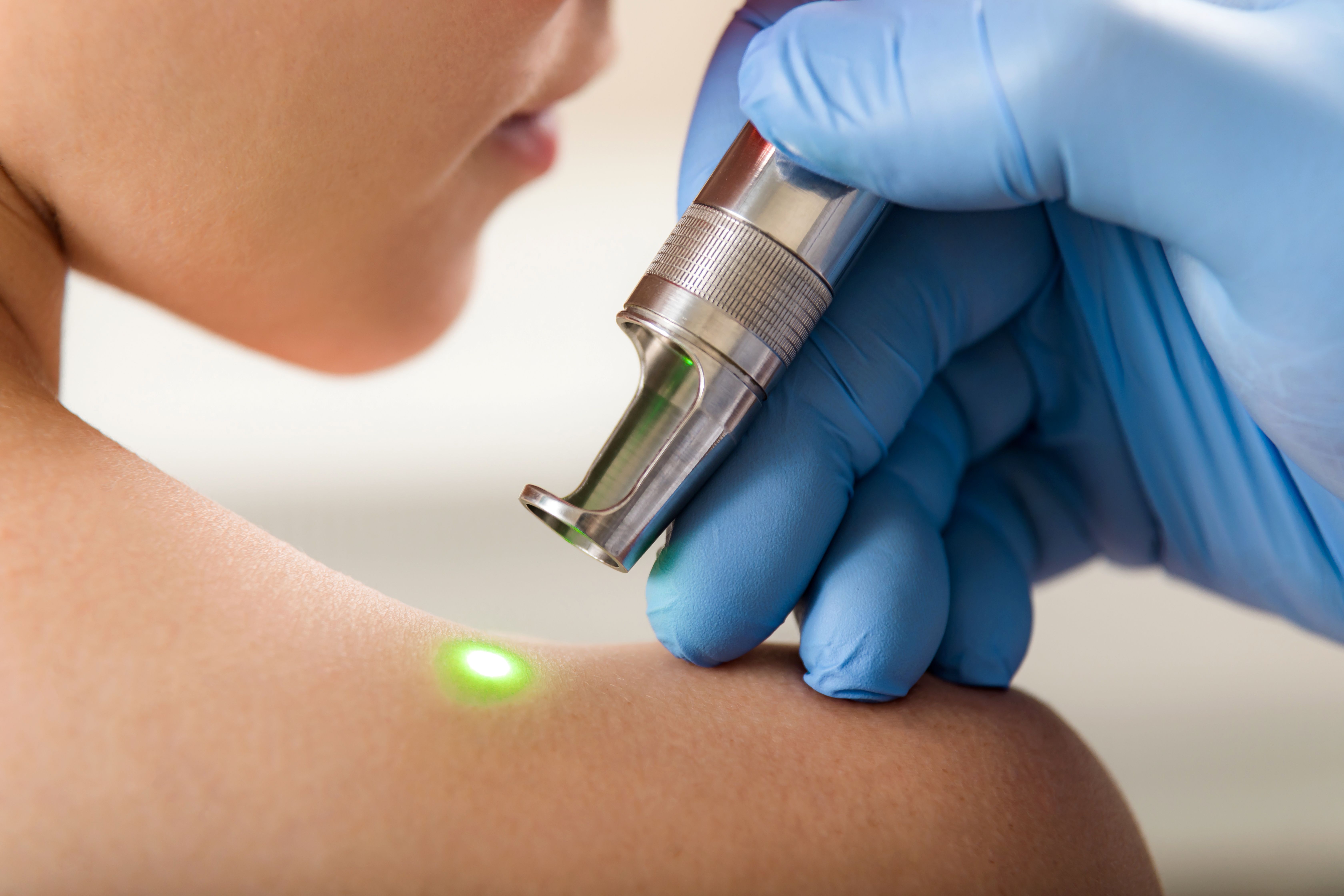- Case-Based Roundtable
- General Dermatology
- Eczema
- Chronic Hand Eczema
- Alopecia
- Aesthetics
- Vitiligo
- COVID-19
- Actinic Keratosis
- Precision Medicine and Biologics
- Rare Disease
- Wound Care
- Rosacea
- Psoriasis
- Psoriatic Arthritis
- Atopic Dermatitis
- Melasma
- NP and PA
- Skin Cancer
- Hidradenitis Suppurativa
- Drug Watch
- Pigmentary Disorders
- Acne
- Pediatric Dermatology
- Practice Management
- Prurigo Nodularis
- Buy-and-Bill
News
Article
Addressing Disparities in Skin-Aging Prevention Among Women of Color
Author(s):
A recent survey covered topics including skin-aging prevention, care-seeking behavior, trust in professionals, and more.
Study authors noted that underrepresentation not only affects patient trust but also impacts treatment decisions, adherence, and outcomes. | Image Credit: PintoArt/Adobe Stock

The landscape of the US is growing with diverse populations. People of color make up nearly 40% of the population, according to the US Census Bureau.1 Despite this, numerous studies show there is a significant underrepresentation of individuals of color in medical and dermatological literature, a fact that carries important implications for the quality of care provided to these communities. Big names in dermatology focusing on skin of color recently conducted research to gain insight on how women with skin of color think about their representation in skin-aging prevention information.2
The Gap in Dermatology Literature
Medical texts and dermatology journals inadequately represent medium to dark skin tones, with images of these skin types appearing in only 21% and 4.5% of instances, respectively. Moreover, dermatology resources at national meetings also exhibit a lack of diversity in representation. This disparity extends to clinical research, where women and individuals of color are notably underrepresented.3
The Study
In a recent observational, cross-sectional online survey, investigators sought to explore skin-aging prevention across various ethnicities among US-based women with skin of color. The study included 1646 participants aged between 18 and 70 years. The survey covered topics like the importance of skin-aging prevention, care-seeking behavior, trust in professionals, and representation in available skin-aging prevention information.
Key Findings
- Importance of Skin-Aging Prevention: Across all cohorts, the average rating for the importance of skin-aging prevention was high, with a mean rating of 7.63 out of 10.
- Reasons for Seeking Professional Care: The most common reasons cited for seeking professional care were prevention of fine lines and wrinkles, laxity, poor texture, and dyspigmentation.
- Professional Trust: Skin care professionals were the most trusted source of information for skin-aging prevention products and treatments across all cohorts.
- Representation Concerns: A significant portion of participants felt underrepresented in available sources of information. Logistic regression analysis indicated that individuals from certain ethnic cohorts were less likely to feel well-represented compared to the solely White control group.
Discussion
The study underscores the uniform importance of skin-aging prevention across ethnic groups. However, disparities exist in the perception of representation in available information sources. This discrepancy can be attributed to the underrepresentation of individuals of color in dermatology literature and resources.
Previous studies have highlighted similar disparities, with people of color less likely to seek professional information and more likely to face barriers such as the unavailability of products tailored to their skin type. This underrepresentation not only affects patient trust but also impacts treatment decisions, adherence, and outcomes.
Considerations for Clinical Practice
Understanding the concerns and perceptions of ethnically diverse patients is crucial for delivering patient-centered care. Dermatologists and skin-care professionals should recognize the existing gaps in representation and strive to address them by taking these 4 steps:
1. Increasing Diversity in Educational Resources: Medical and dermatology texts should include more images and information relevant to skin of color to reflect the diverse patient population accurately.
2. Culturally Competent Care: Health care providers should receive training in cultural competence to better understand and address the unique needs of ethnically diverse patients.
3. Engaging with Communities: Initiating conversations about skin-aging prevention and building trust within communities of color can encourage more individuals to seek professional care.
4. Affordable Care Options: Cost was identified as a significant barrier to seeking professional care. Offering affordable treatment options and consultations can help bridge this gap.
Conclusion
The study highlights the need for improved representation of individuals of color in dermatology literature and resources. Study authors wrote, “To optimize care for ethnically diverse patients, physicians must appreciate patient concerns. Knowing which ethnically diverse groups feel underrepresented helps to initiate this important conversation.”
References
- Frey WH, Jennifer B. Ayscue KM, Gabriel R. Sanchez AR-B. New 2020 census results show increased diversity countering decade-long declines in America’s white and youth populations. Brookings. September 19, 2023. Accessed April 24, 2024. https://www.brookings.edu/articles/new-2020-census-results-show-increased-diversity-countering-decade-long-declines-in-americas-white-and-youth-populations/#:~:text=This%20means%20that%20all%20of,as%20two%20or%20more%20races.&text=Together%2C%20these%20groups%20now%20comprise,40%25%20of%20the%20U.S.%20population.
- Callender VD, Harvey VM, Hartman CL, et al. Do women with skin of color think they are well represented in skin aging prevention information? J Clin Aesthet Dermatol. 2024 Apr;17(4):18-22. PMID: 38638189; PMCID: PMC11022842.
- Louie P, Wilkes R. Representations of race and skin tone in medical textbook imagery. Soc Sci Med. 2018 Apr;202:38-42. doi: 10.1016/j.socscimed.2018.02.023. Epub 2018 Feb 23. PMID: 29501717.
Newsletter
Like what you’re reading? Subscribe to Dermatology Times for weekly updates on therapies, innovations, and real-world practice tips.





